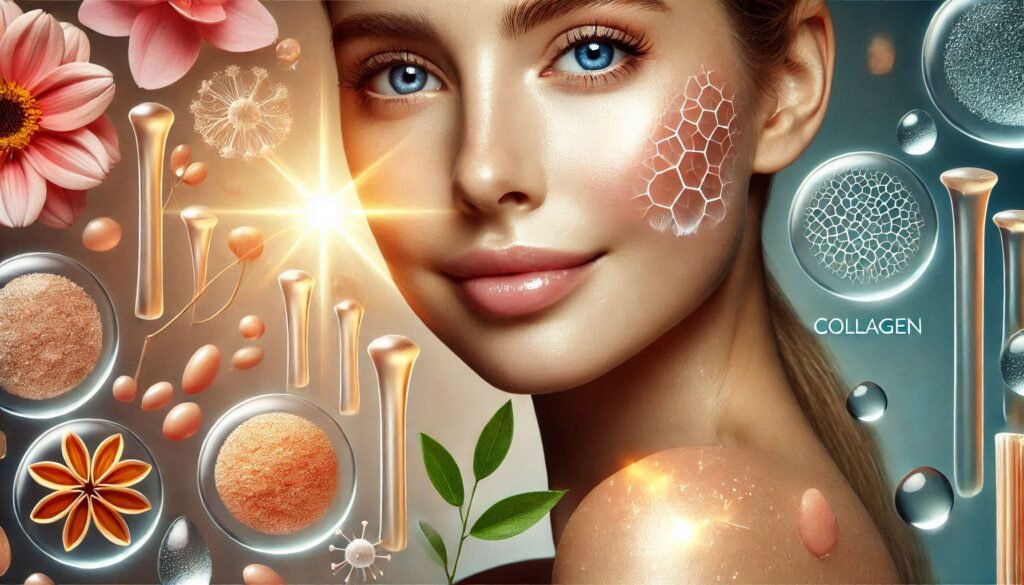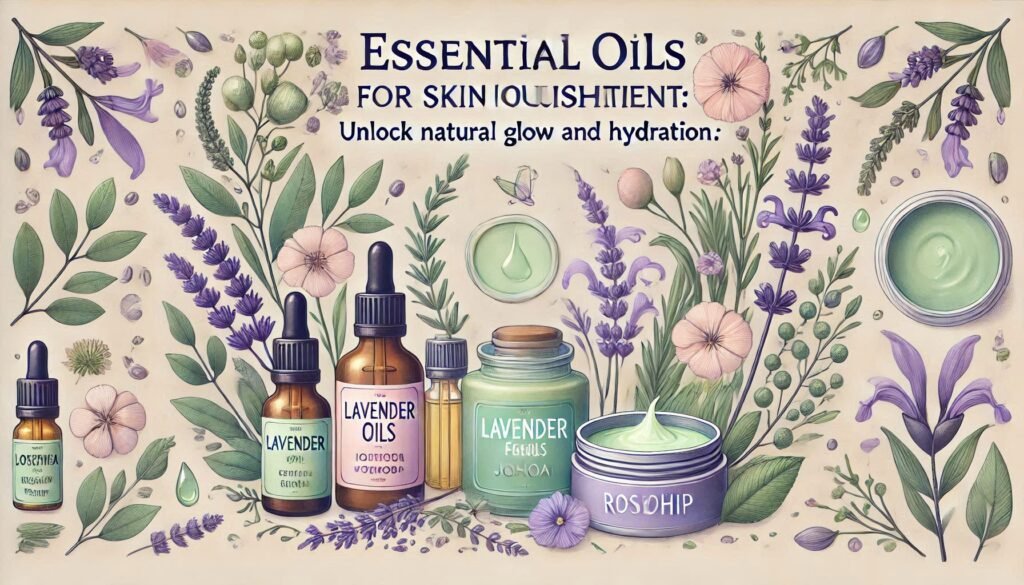Achieving Radiant Skin with Simple Skincare Habits
Radiant skin is more than just a beauty goal—it’s a sign of overall health and wellness. It boosts confidence, enhances your appearance, and reflects how well you care for yourself. However, many believe achieving that glow requires expensive treatments and a complex skincare regimen. The truth? Simplicity can work wonders. Let’s explore how you can transform your skin with simple, sustainable habits. Understanding Your Skin Know Your Skin Type Before diving into skincare routines, it’s crucial to understand your skin type. Do you have oily, dry, combination, or sensitive skin? Each type has unique characteristics and requires tailored care. Oily Skin: Prone to acne and shininess due to excess sebum. Dry Skin: Feels tight and may flake due to lack of moisture. Combination Skin: A mix of oily and dry areas, often with an oily T-zone. Sensitive Skin: Reacts easily to products and environmental changes. Knowing your skin type helps you select products that enhance, rather than harm, your skin. The Role of Genetics and Lifestyle While genetics set the foundation for your skin, lifestyle choices play a pivotal role. Poor diet, high stress, and inadequate sleep can undo even the best skincare routines. For instance, a diet high in sugar and processed foods can lead to breakouts, while chronic stress triggers inflammation. Small changes in your daily habits can yield big results. Building a Simple Skincare Routine The Basics of Cleansing A clean face is the canvas for any skincare regimen. Cleansing removes dirt, oil, and makeup, preventing clogged pores and breakouts. Use a gentle cleanser suitable for your skin type. Avoid over-cleansing, as it strips natural oils and causes dryness. Moisturizing for All Skin Types Hydration is key, no matter your skin type. Moisturizers create a barrier, locking in moisture and keeping your skin soft. Look for ingredients like hyaluronic acid or ceramides. Even oily skin needs hydration—choose lightweight, non-comedogenic options. Sun Protection: The Non-Negotiable Habit Sun exposure is a leading cause of premature ageing and skin damage. SPF is your skin’s best friend! Apply sunscreen daily, even on cloudy days. Reapply every two hours if outdoors for extended periods. Nourishing Your Skin from Within The Link Between Nutrition and Skin Health What you eat directly impacts your skin. Load up on antioxidants, vitamins, and omega-3 fatty acids to nourish from the inside out. Skin-loving foods: Berries, leafy greens, fatty fish, nuts, and seeds. Avoid: Sugary snacks, fried foods, and excessive alcohol. Hydration for Skin Radiance Hydrated skin is happy skin. Drinking water helps maintain elasticity, reduces dryness, and flushes out toxins. Aim for at least eight glasses of water daily. Include hydrating foods like cucumber and watermelon in your diet. Adopting Healthy Lifestyle Habits Beauty Sleep for Skin Repair Have you ever noticed how dull your skin looks after a bad night’s sleep? That’s because your skin repairs itself during rest. Sleep at least 7-8 hours every night. Use silk pillowcases to reduce friction and prevent wrinkles. Stress Management Techniques Stress doesn’t just affect your mind—it shows on your skin. Elevated cortisol levels can lead to breakouts and redness. Practice yoga, meditation, or deep breathing. Prioritize self-care activities to keep stress at bay. Regular Exercise for a Natural Glow Exercise boosts circulation, delivering oxygen and nutrients to your skin. Engage in activities like yoga, running, or dancing. Post-workout, cleanse your face to prevent sweat-related breakouts. Skincare Myths to Avoid DIY Remedies: The Good, the Bad, and the Ugly Not all home remedies are safe for your skin. While some ingredients like honey and aloe vera are gentle, others, like lemon or baking soda, can irritate. Stick to proven remedies with minimal risk. Patch-test any new ingredient before full application. Overusing Skincare Products More products don’t always equal better results. Overloading your skin can cause irritation or acne. Simplify your routine with essentials: cleanser, moisturizer, and sunscreen. Monitor how your skin reacts to each product. Enhancing Skin Health with Regular Maintenance The Importance of Exfoliation Exfoliating removes dead skin cells, promoting a brighter complexion. But overdoing it can damage your skin barrier. Use gentle scrubs or chemical exfoliants like AHAs/BHAs. Limit exfoliation to 1-2 times a week. Facial Massages and Tools Facial massages boost blood flow and relieve tension. Tools like jade rollers or gua sha enhance the experience. Use upward strokes to avoid pulling the skin downward. Combine with a serum or oil for smoother application. Staying Consistent and Patient Tracking Your Progress Consistency is the secret to success. Maintain a skincare journal to track what works and adjust as needed. Understanding the Timeline for Results Radiant skin takes time. Patience and persistence pay off, so stick with your routine and trust the process. Conclusion Achieving radiant skin doesn’t require a magic wand or a hefty investment. By understanding your skin, adopting simple habits, and staying consistent, you can enjoy a glowing complexion that reflects your overall well-being. Start small, stay committed, and let your natural beauty shine.




